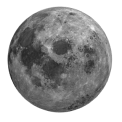
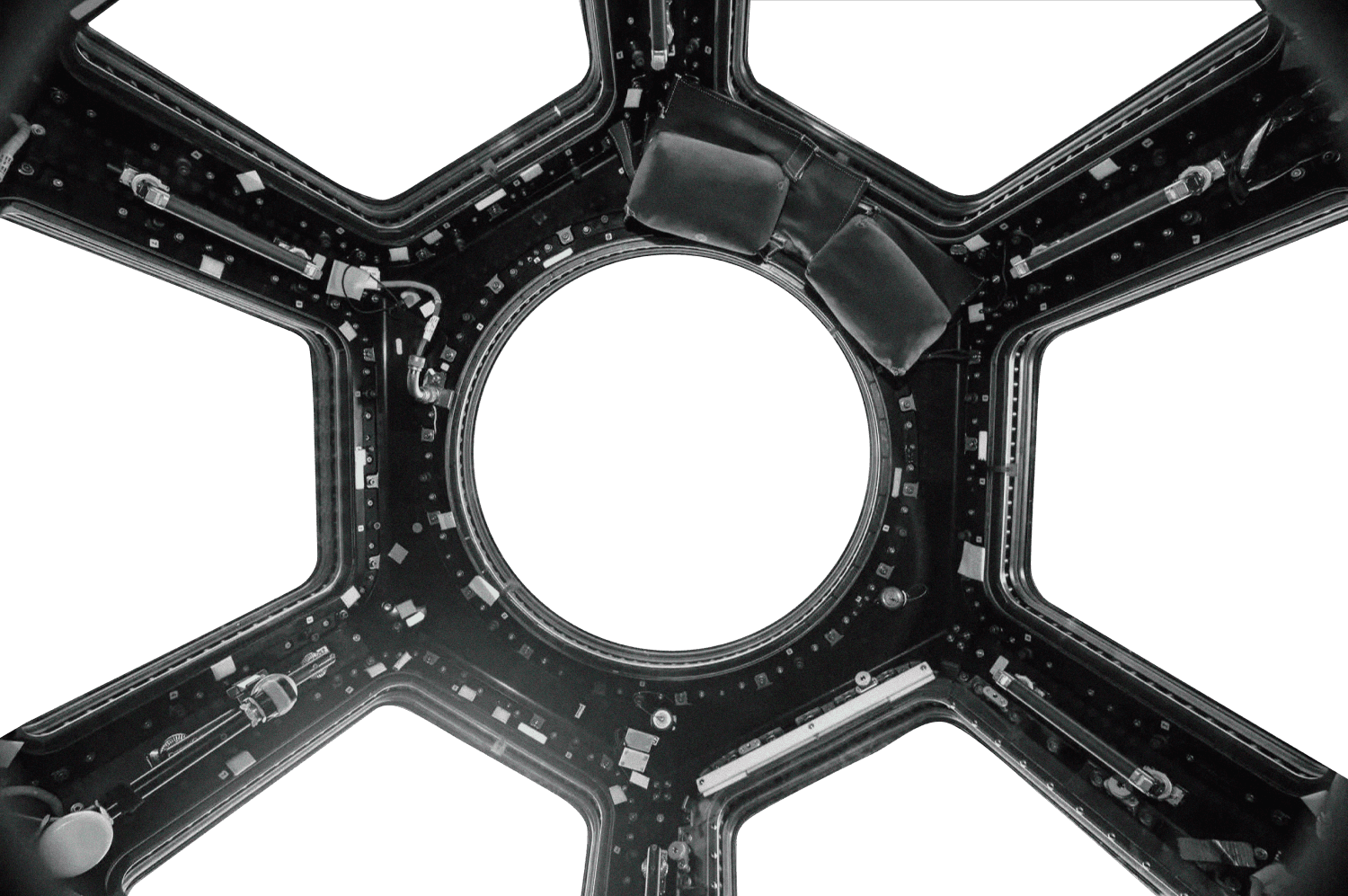

The way is open for man
HOW SOVIET MAN CONQUERED SPACE


EPOCHAL PERIOD
IN THE HISTORY OF HUMANKIND
[1957·1961]
[Sputnik-1]

On 4 October 1957, the exciting space race between the United States and the Soviet Union, stemming from the Cold War, began on 4 October. On the wave of euphoria after World War II, the Soviet Union was the first to send an artificial satellite, Sputnik 1, into space. The Soviet Union's space programme was one of the most impressive stories in the history of space exploration

These events stimulated scientific and technological advances, and served as a symbol of the ideological struggle between the world's two superpowers





This event shocked the world and highlighted the scientific and technological achievements of the USSR, at the same time it caused great anxiety in the USA. The Americans realised that they were lagging behind in space research
This forced an acceleration of their own space programmes and the United States' response was to launch the first American artificial satellite, Explorer 1, on 31 January 1958
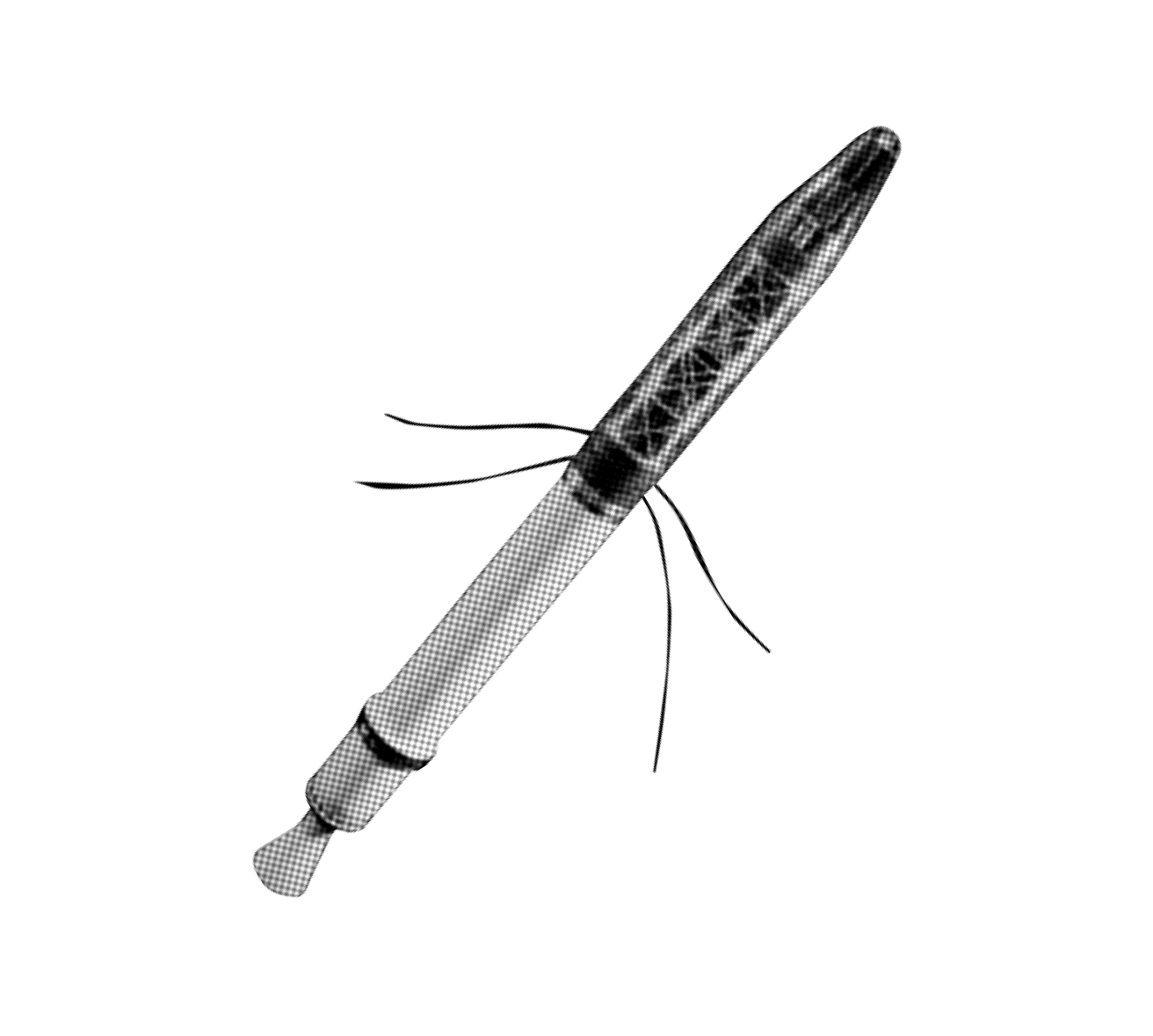

Explorer-1
SPUTNIK-1
31.01.1958 | 22:47:56 EASTERN TIME
DURATION: 12 years
AROUND THE EARTH: -
AROUND THE EARTH: -
MASS: 21,5 kg DIAMETER: -
04.10.1957 | 22:28:34 Moscow time
mass: 83,6 kg
Diamerer: 58
Diamerer: 58
DURATION: 92 days
AROUND THE EARTH: 1440
AROUND THE EARTH: 1440

THIS WAS ONLY THE BEGINNING OF AN INTENSE RACE FOR SPACE ACHIEVEMENTS, WHICH IN THE FOLLOWING YEARS LED TO SENDING THE FIRST HUMANS INTO SPACE AND LANDING A MAN ON THE MOON
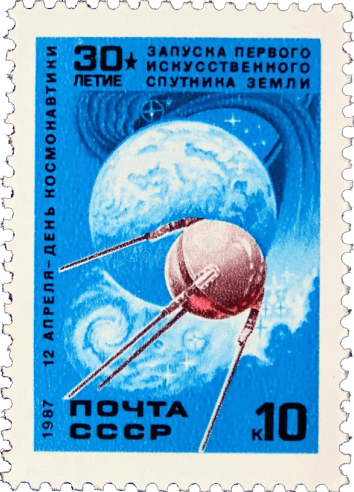





LAIKA the ASTRONAUT
dog
[3 November 1957]
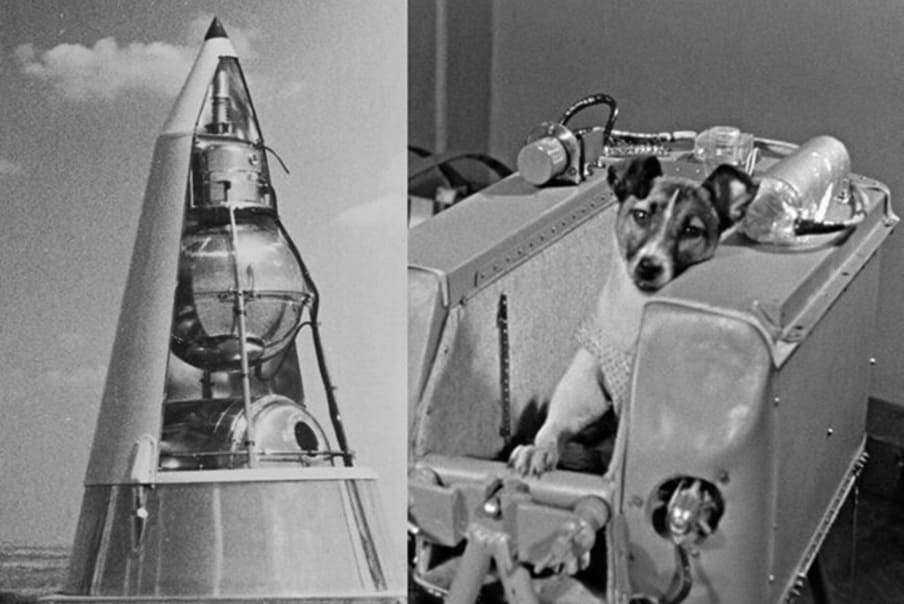

03.11.1957 | 05:30:34 Moscow time
WEIGHT: 6 kg
AGE: 1,5 years
AGE: 1,5 years
THE SOVIET UNION WAS THE FIRST COUNTRY TO SEND ANIMALS INTO SPACE TO TEST THE EFFECTS OF SPACE CONDITIONS ON THE BODY
Laika became the first animal in space. It was chosen from a Moscow shelter for homeless dogs just a few days before the launch. Preparations for the flight were rushed, and the technology to return a living creature to Earth did not exist at that time
Laika's flight provided scientists with important data on the effects of the space environment on living organisms. It was the first experience that contributed to the development of space medicine

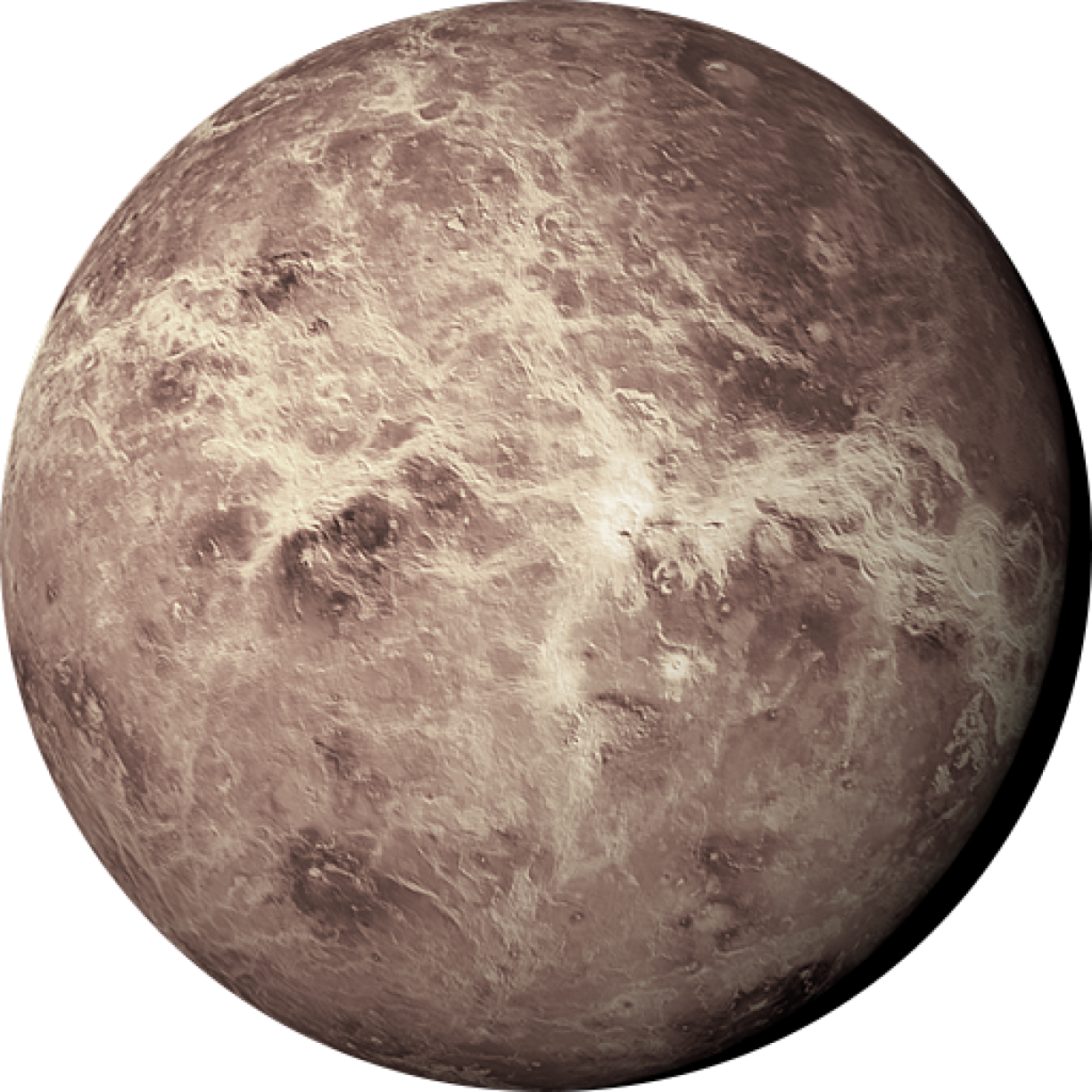



THE DESIGN OF THE APPARATUS DID NOT PROVIDE FOR THE RETURN OF THE DOG TO THE GROUND
HUSKY HEROICALLY DIED ON A FLIGHT SEVEN HOURS AFTER LIFTOFF
She symbolized the beginning of the space age and the first successful launch of an artificial satellite. Her name is associated with man's first steps in space
MOON MISSIONS
THE SOVIET UNION WAS THE FIRST COUNTRY TO MAKE A NUMBER OF SIGNIFICANT ADVANCES IN LUNAR EXPLORATION
[1959]



Launched on September 12, Luna-2 was the first artificial object to reach the surface of the Moon. It collided with the Moon's surface without landing, but its purpose was precisely the collision
luna-2



Was the first successful Soviet lunar mission, launched on January 2 1959. It became the first artificial object to reach solar orbit by overcoming Earth's gravity. The mission collected data on solar winds and cosmic rays
LUNA-1
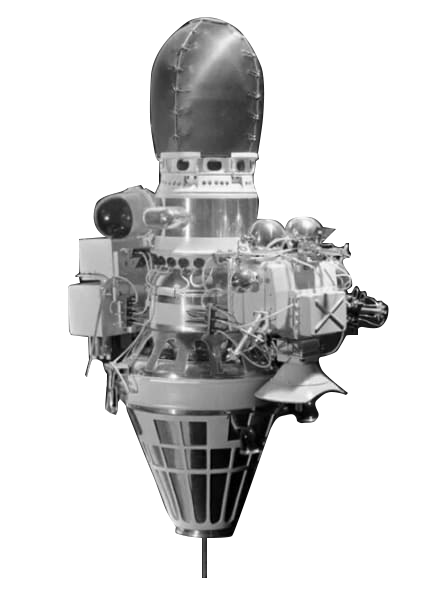
Sent on January 31, 1966, and was the first mission to successfully land a soft lunar module on the surface of the Moon. The module transmitted the first black-and-white images of the lunar landscape to Earth
luna-9
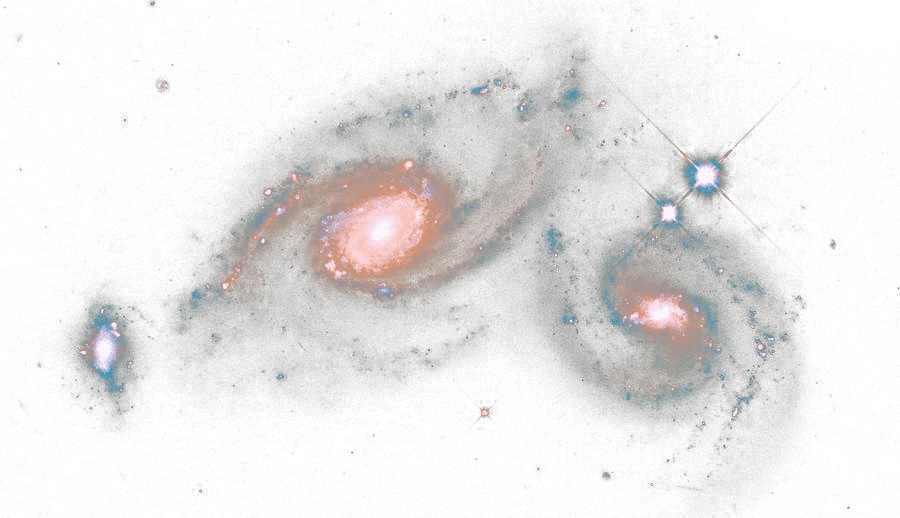
belka and Strelka
[19 August 1960]
19.08.1960 | 11:44:19 Moscow time
DURATION: 25 hours
AROUND THE EARTH: 17
AROUND THE EARTH: 17
THE FIRST TO ORBIT SPACE AND SUCCESSFULLY RETURN TO EARTH
During the flight, the animals were in weightlessness for about 25 minutes. They were also subjected to significant accelerations during the start and return. Before the flight, Belka and Strelka were prepared in special conditions to adapt to space conditions
This flight proved the theory that a living being can survive weightlessness and launch into orbit. The main goal was to study the effects of spaceflight factors on the organism of animals and other biological objects. Along with them on board were 42 mammals, birds and insects





Space suits for Belka and Strelka were created by designer Oleg Klebanov and sewn in a fashion atelier. The suits were specially designed to protect space travelers from the effects of weightlessness
After the flight, Belka and Strelka continued to live at the Cosmonaut Training Center. They became objects of scientific research, and their health and well-being were constantly monitored by veterinarians
Arrow even became the mother of several puppies. In November 1960, she gave birth to six puppies, which was also an important event in the history of space exploration








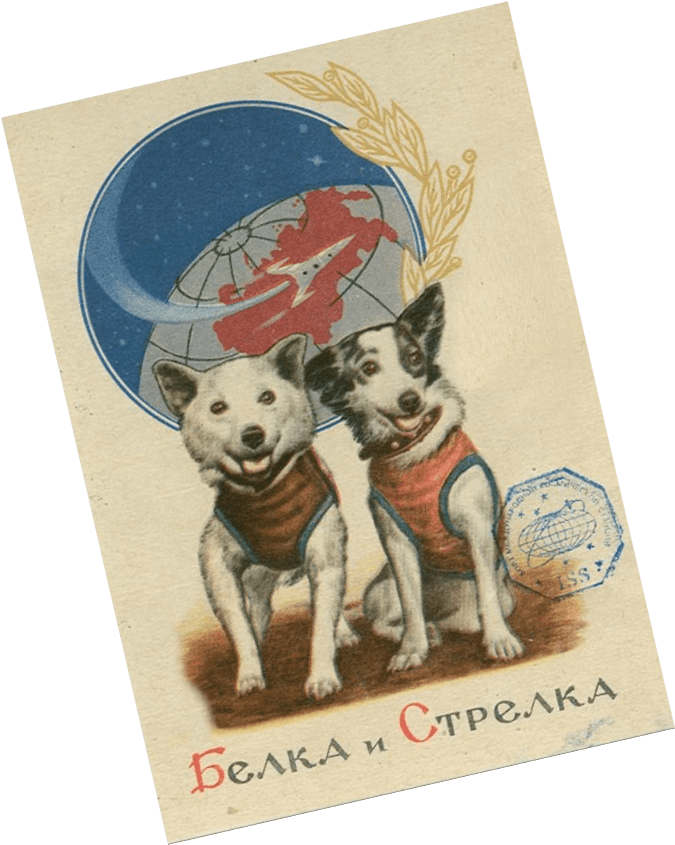

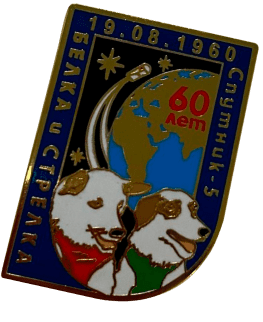
THESE POSTERS CAN BE MOVED WITH THE CURSOR
YURIY GAGARIN
[12 April 1961]
THE USSR MADE THE FIRST MANNED SPACE FLIGHT. YURI GAGARIN BECAME THE FIRST MAN TO ORBIT THE EARTH
On April 12, 1961, Gagarin ascended into space on the Vostok-1 spacecraft from the Baikonur Cosmodrome. The flight lasted 108 minutes, during which time the cosmonaut made one lap around the Earth
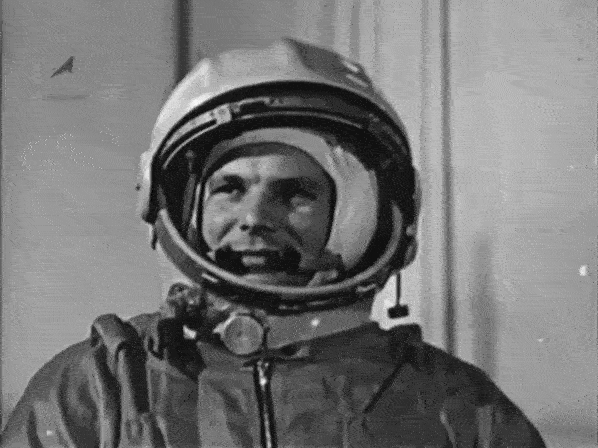
Yuri Gagarin's training included an intensive course at the Zhukovsky Military Aviation Institute, where he was given knowledge of space technology, physics, medicine, and specialized training. Yuri Gagarin was selected among other pilots a few days before the launch


When Vostok 1 re-entered the atmosphere, Gagarin ejected and landed by parachute in the Saratov region. His historic flight brought the Soviet Union triumph in the space race and established Gagarin as a hero and symbol of the space age

During the flight, Gagarin made one revolution around the Earth. He performed a number of scientific experiments and observations, and reported his condition and impressions. When the ship left the atmosphere, Gagarin became the first person to leave footprints in outer space

In pursuit of the Soviet Union, the United States of America did not have enough time to prepare their own spacecraft

12.04.1961 | 09:07:32 Moscow time
Duration: 108 minutes AROUND THE EARTH: 1


AT THE AGE OF 34, GAGARIN DIED IN AN AIRPLANE ACCIDENT WHILE TESTING A NEW FIGHTER JET
HIS DEATH WAS A TRAGIC LOSS TO THE COUNTRY AND THE WORLD

FLYING AROUND THE EARTH IN A SATELLITE SHIP
I SAW HOW BEAUTIFUL OUR PLANET IS.
PEOPLE, LET US PRESERVE AND INCREASE THIS BEAUTY,
NOT DESTROY IT
«
»
SPACE RACE
BETWEEN USSR AND USA
WAS A PERIOD OF SCIENTIFIC AND TECHNOLOGICAL DISCOVERY THAT CHANGED THE WORLD'S PERCEPTION OF THE POSSIBILITIES OF SPACE EXPLORATION
Showed that because of military and political competition, it is possible to achieve outstanding results in the exploration of our universe
First joint program
[1975]
Soyuz 19 and Apollo conducted an orbital docking. Сosmonauts from the rival countries visited each other's ships and took part in joint scientific experiments

The launch date of Sputnik-1 is unanimously recognized as the beginning of the race, but opinions differ on the date of its end

Some believe that the flight of the first man into space should be recognized as the end of the race, while others believe that the end of the race was the joint Soviet-American Apollo-Soyuz program in 1975
of the USSR and the USA
Apollo-Soyuz





OCCURRED AT AN IMPORTANT MOMENT DURING THE COLD WAR
WHEN THE TWO SUPERPOWERS DECIDED TO JOIN FORCES IN SPACE
